Port Harcourt is the capital city of Rivers State, which was created in 1912 and is located in the southern part of Nigeria. Aside from being the capital city of the state, Port Harcourt is popularly known as one of the modern cities in the country with advanced infrastructure and structures. Thus, it is said to be the largest city in Rivers State.
In Nigeria, Port Harcourt ranks fifth in terms of population after Lagos, Kano, Ibadan, and Kaduna. It is situated in the Niger Delta near the Bonny River. There were an estimated 1,865,000 people living in the Port Harcourt urban area as of 2016, up from 1,382,592 in 2006.
The town is mostly inhabited by the Ijaw (also known as the Ijo) and the Ikwere (Ikwerre, Ikwerri) people who occupy the area and are mostly in port businesses. However, before the official creation of the town in 1912, it served as the port, which was at the time named Lewis Harcourt, after the colonial secretary, and after the opening of the rail link to the Enugu coalfields in 1916.
Thus, in recent times, palm oil and gasoline can both be stored in quantity in Port Harcourt. This is a result of the new facilities that were added to the port in the 1970s at nearby Onne. Therefore, this has made it one of the largest ports in Nigeria.
In this piece, Naijabiography narrates the history of Port Harcourt and some unknown facts about the city, including its culture, economic structure, and political structure.
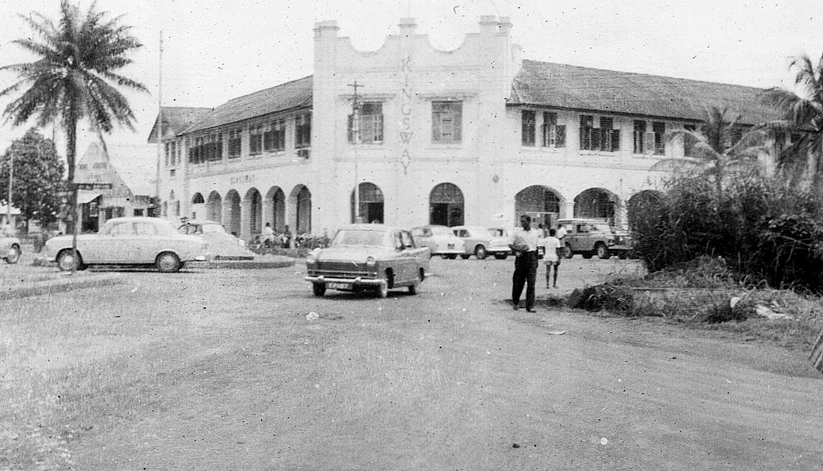
History
During the advent of colonialization, Frederick Lugard, who oversaw both the Northern and Southern Nigeria Protectorates, built Port Harcourt in 1912. It was created with the intention of exporting the coal that geologist Albert Ernest Kitson had found in Enugu in 1909. The colonial authorities forced the Diobu people to give up their land, and in 1912, construction on a port town began.
However, Oroworukwo, Nkpogu, and Rumuomasi were three other villages that were eventually incorporated into the city. The Okrika-Ijaw tribe’s fishing grounds and camps were located in the creeks to the south of the original harbour.
A year later, the town was given the official name Port Harcourt in honour of colonial secretary Lewis Harcourt. The Ijo and Ikwere people lived in the area before the port was built, but the colonial authorities made them give up their property so that the port could be constructed.
After Nigeria gained independence in 1960, that sector of the economy continued to grow, and Port Harcourt experienced modernisation and increased urbanization as it developed into the nation’s second-largest seaport and the principal commercial hub in eastern Nigeria.
When the city was taken from the Republic of Biafra by the Nigerian army and navy forces on May 19, 1968, the Nigerian administration realized the significance of Port Harcourt.
Meanwhile, Port Harcourt served as a base for military operations against the Central Powers in German Kamerun during World War 1. Port Harcourt exported the first shipload of crude oil from Nigeria in 1958 following the discovery of oil in Oloibiri in 1956.
Port Harcourt rose to prominence as the hub of the Nigerian oil economy and later benefited from its connections to the petroleum sector by modernizing and urbanizing. Port Harcourt’s expansion is further facilitated by its status as the principal industrial city and commercial hub of the old Eastern Region, its location in the Niger Delta, and its significance as the hub of social and economic activity in Rivers State. Port Harcourt was captured by Nigerian forces on May 19, 1968, following the Republic of Biafra’s separation from Nigeria in 1967.
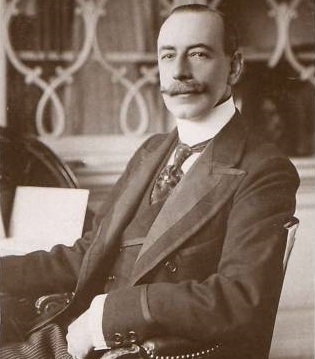
Territory
The port was constructed in 1912, but it wasn’t given a name until August 1913, when Sir Frederick Lugard, the Nigerian governor at the time, gave it the name “Port Harcourt” in honour of Lewis Harcourt, 1st Viscount Harcourt, who was the Secretary of State for the Colonies at the time. Hakoti Kiri or Parakot is the Okrika term for the city. The city’s native name in Obulom is Obomotu, which translates to “Big House.”
Port Harcourt City, which includes the formerly European neighbourhoods now known as Old GRA and New Layout sections, is the largest city in Port Harcourt. On the other hand, the urban area (Port Harcourt metropolis) is made up of the actual local government area as well as relevant portions of Obio-Akpor and Eleme.
Since Port Harcourt is the only significant city in the state and serves as its current capital, it is very crowded. As part of the endeavour to decongest the Port Harcourt metropolis, a law was passed in 2009 by the Rivers State House of Assembly and the Amaechi government to distribute development to the neighbouring areas.
Eight local government areas make up the Greater Port Harcourt region, including Port Harcourt, Okrika, Obio-Akpor, Ikwerre, Oyigbo, Ogu-Bolo, Etche, and Eleme. According to estimates from 2009, it had a total population of 2,000,000, making it one of Nigeria’s major metropolitan regions. Recent studies, however, indicate a significant increase in that number.
Port Harcourt Township (or simply “Town”), GRA (Government Reserved Area) phases 1–5, Elekahia, Rumuomasi, D-line, Elelenwo, Eliozu, Iboloji, Ogbunabali, Rumuola, Rumigbo, Mgbuoba, Diobu, Woji, Amadi Flats, Umuchitta, Rumuokoro, and Borikiri are a few of Trans Amadi, Abuloma, is home to the main industrial area.

People and Culture
The inhabitants of Port Harcourt are mostly the Ijaws (also known as Ijo), Ikwerre, Ogoni people, and the Igbo minority. In 1950, there were 59,752 inhabitants in Port Harcourt. Port Harcourt has grown by 150,844, or 4.91% annually, since 2015. Some of the smaller regions inside it were referred to as Diobu or Igweocha, and it was formerly known as Obomuotu Country (city).
Port Harcourt, like other southern cities in the nation, is primarily a Christian city. A substantial majority of the Christian population is Roman Catholic. The Catholic Diocese of Port Harcourt is home to numerous churches, parishes, and priests. The Corpus Christi Cathedral Parish in D-line is the main church.
Other Christian denominations, including Anglicans, Methodists, Baptists, Presbyterians, Jehovah Witnesses, and members of Evangelical and Pentecostal sects, are also represented in the city. Only a very small percentage of locals practice Islam.
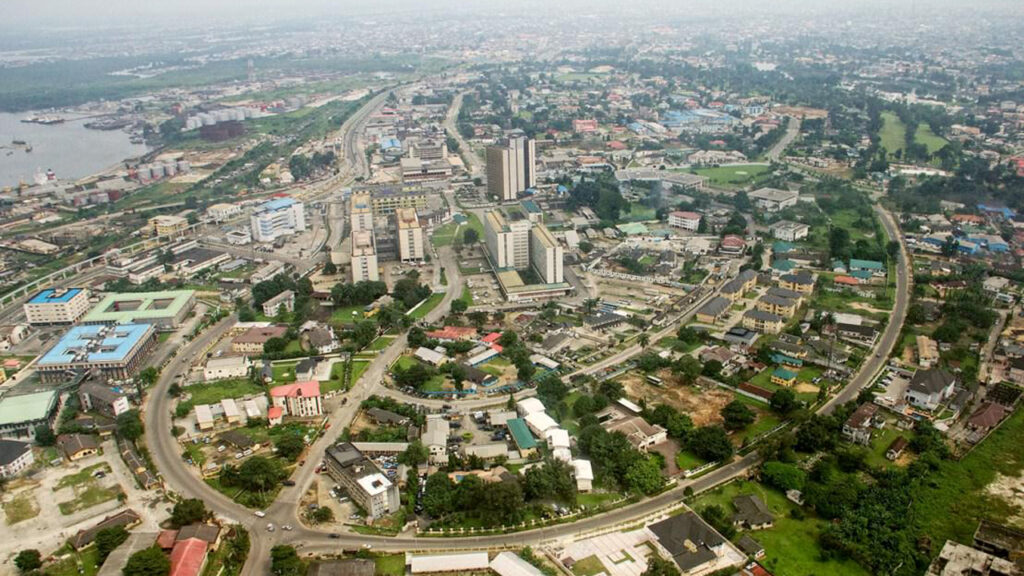
Economy
Port Harcourt exported the first shipload of crude oil from Nigeria in 1958 following the discovery of oil in Oloibiri in 1956. Port Harcourt rose to prominence as the hub of the Nigerian oil economy and later benefited from its connections to the petroleum sector by modernizing and urbanizing.
Port Harcourt’s expansion is further facilitated by its status as the principal industrial city and commercial hub of the old Eastern Region, its location in the Niger Delta, and its significance as the hub of social and economic activity in Rivers State. Port Harcourt was captured by Nigerian forces on May 19, 1968, following the Republic of Biafra’s separation from Nigeria in 1967.
Palm oil and gasoline can both be stored in quantity in Port Harcourt. New facilities were added to the port in the 1970s at nearby Onne. One of Nigeria’s major industrial hubs is Port Harcourt.
The town also produces cement, concrete products, corrugated tin, paints, plastics, enamelware, wood and metal furniture, structural steel, and a number of other products. In 1965, Nigeria opened its first oil refinery at Alesa-Eleme, 12 miles (19 km) to the southeast.
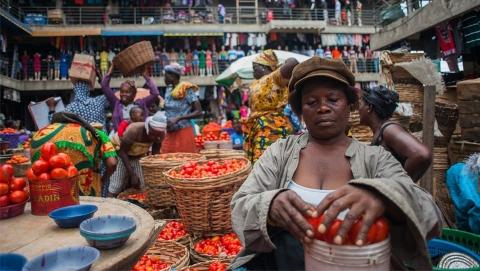
Thus, pipelines transport crude oil, natural gas, and refined oil to Makurdi in Benue state, 25 miles (40 km) south-southeast of Port Harcourt (where there is also a refinery). The fishing and boatbuilding businesses, as well as fish-freezing facilities, are located at Port Harcourt.
When the first shipment of Nigerian crude oil was exported through the city in 1958, Port Harcourt’s economy shifted to the petroleum industry. Port Harcourt was further developed with modernizing features like overpasses, city blocks, and larger and more substantial structures thanks to the advantages of Nigeria’s petroleum sector. Shell and Chevron are two oil companies that now operate offices in the city.
With two major oil refineries situated in Eleme, Nigeria’s principal oil-refining city. Each refinery, run by the Port Harcourt Refining Company, processes about 210,000 barrels of crude oil each day. With crude oil as its main export product, Rivers State is among the wealthiest states in Nigeria in terms of gross domestic product and foreign exchange earnings.
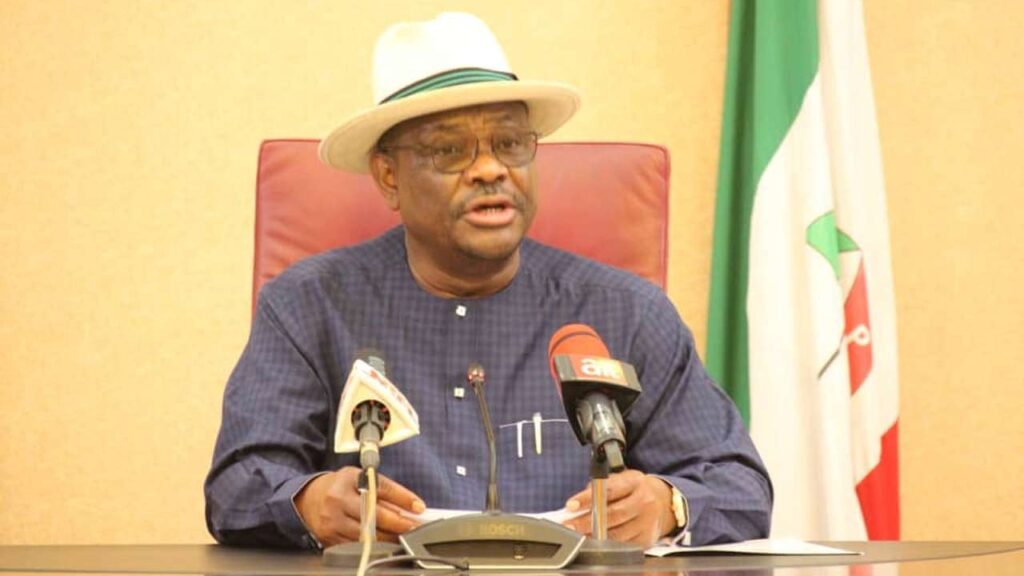
Political Structure
The current governor of Rivers State is Ezenwo Nyesom Wike CON, re-elected on April 3, 2019, and sworn into office on Wednesday, May 29, 2019.
Port Harcourt is the capital city of Rivers and also serves as the location for Rivers State’s House of Assembly.
Thus, since Port Harcourt is the capital city, it is also a local government area. Therefore, the Port Harcourt local government area is located in Rivers state, which is part of Nigeria’s South-South geopolitical zone. The LGA’s main office is located in Port Harcourt, which serves as both the state capital and the municipality of Rivers. Additionally, Okrika, Degema, Eleme, and Obio Akpor LGAs border Port Harcourt LGA.
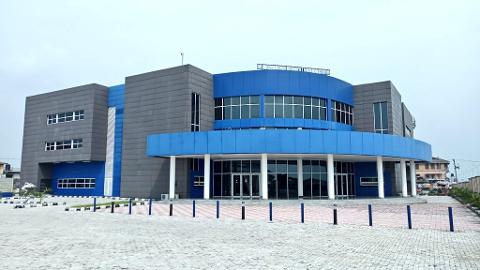
Modern-Day Port Harcourt
In Port Harcourt, there are many tertiary institutions that provide a variety of professionally recognized programs and credentials. While some of these institutions are administered by private organizations, the majority are supported by the government. In 2015, Times Higher Education ranked the University of Port Harcourt as first in Nigeria and sixth in Africa.
The city also has universities and colleges run by the Rivers State government. They are Rivers State University, Elechi Amadi Polytechnic, Ignatius Ajuru University of Education, Rivers State College of Health Science and Technology, and Kenule Beesor Saro-Wiwa Polytechnic, among others.
Furthermore, print, blogs, social media, and broadcast are the main forms of media in Port Harcourt. Radio, television, newspapers, magazines, and the internet are the main media used to deliver information to the general population.
The city has three stadiums: the Adokiye Amiesimaka Stadium in Omagwa, the Yakubu Gowon Stadium in Elekahia, and the Sharks Stadium.
The main centre for medical services in Rivers State is Port Harcourt. In Port Harcourt, there are numerous healthcare institutions, including hospitals and research facilities. There is a well-known tertiary medical facility in the city. East West Road is the location of the University of Port Harcourt Teaching Hospital (UPTH).
Furthermore, in terms of transportation, the Port Harcourt International Airport, the only other airport utilized by commercial airlines Aero Contractors, Caverton Helicopters, and Bristow Helicopters for domestic flights, two seaports, and a Nigerian Air Force (NAF) installation are all located outside of the city (FOT Onne, Port Harcourt Wharf).
About Greater Port Harcourt
Plans for a new metropolis to be called “Greater Port-Harcourt City” was unveiled under the direction of former governor Chibuike Amaechi. The new city would be situated near the Port-Harcourt International Airport on the outskirts of Port Harcourt, which will be spanning across eight local government areas in the Rivers State including Ogu Bolo, Eleme, Ikwere, Etche, Obio Akpor, and Okrika.
Therefore, with a mandate to promote the implementation of the Greater Port Harcourt master plan and create the new metropolis, the Authority (GPHCDA) was officially constituted by legislation in April 2009. Later, several events, especially of the 17th national sports festival known as the “Garden Metropolis Games,” were held in the Greater Port Harcourt city.





